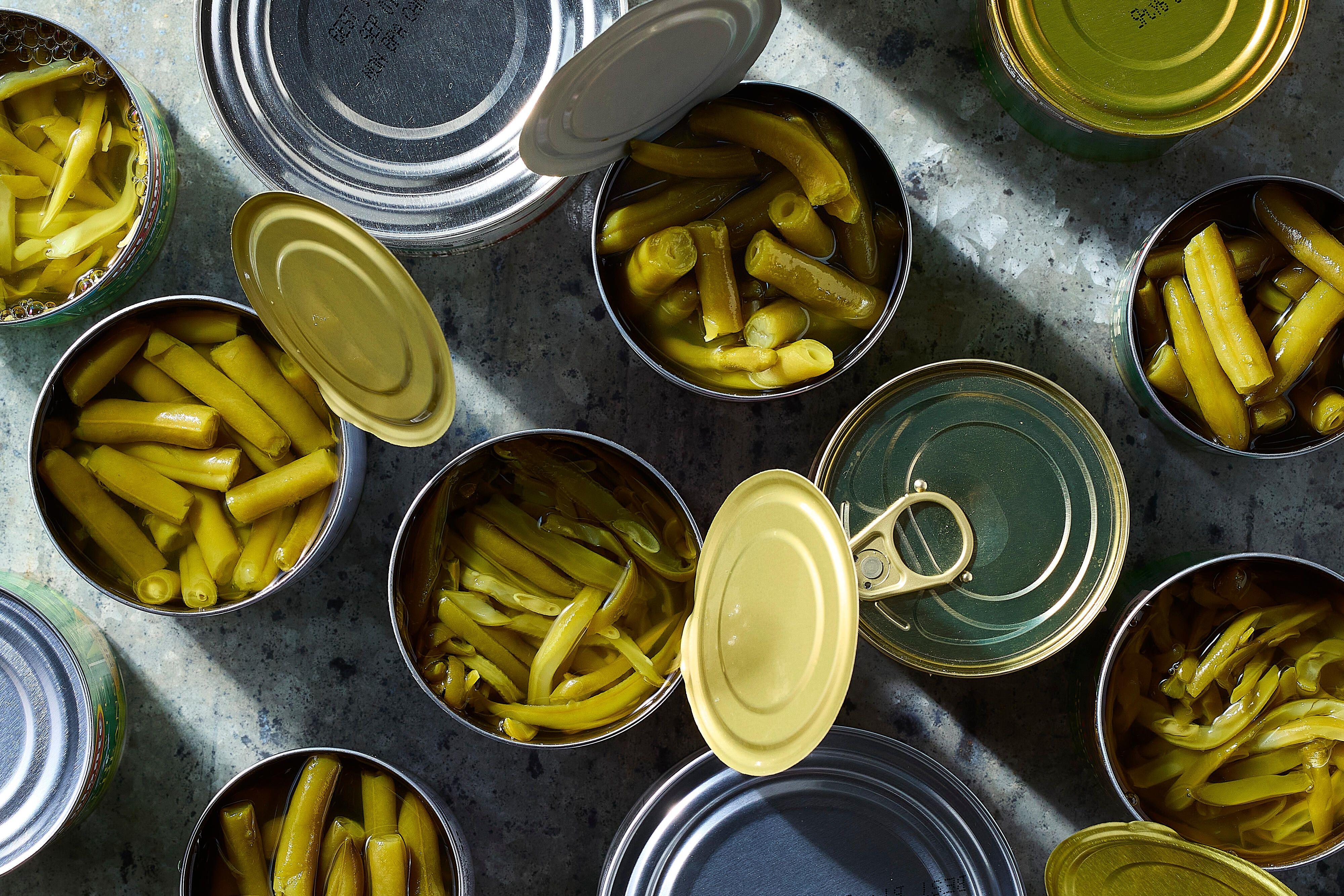It’s always green bean season in our Test Kitchen. True, you might just associate the canned kind with holiday casseroles. Or perhaps you think of fresh green beans when they pop up in your vegetable garden or at the farmers market (May through October). But when you become familiar with the best ways to use canned and fresh—not to mention flash-frozen—these versatile veggies can be a year-round MVP.
When discussing the best ways to cook green beans, we often reference different styles: classic and French. We’ve had a handful of readers write to us recently with questions along the lines of, “how do I differentiate cut green beans vs. Frenched green beans—and know when to use each?” After an informal poll with our entire staff, few folks could dish up an answer. Luckily, our Test Kitchen is just steps away, so we strolled over to ask one recipe developer to spill—and specify which type is best for the most popular green bean recipes.
Never lose a BHG recipe again. Find a recipe you love on BHG.com? Click the heart icon to save it (and find it later) with MyRecipes.com.
Cut Green Beans vs. Frenched Green Beans
Often, “French green beans,” refers to young, slim, and long green beans, or haricots verts, explains BHG Test Kitchen senior brand manager Juliana Hale. But when you’re in the canned food aisle, you’ll also see products labeled “French-cut” or simply “cut green beans.” Both types are made from the same variety of mature green beans (aka string beans or snap beans). But as you might guess, they are sliced differently.
“French-cut or Frenched green beans are sliced horizontally, or julienned, as opposed to cut green beans that are sliced in sections crosswise perpendicular to the bean,” Hale says.
To “French” a cut green bean, you simply slice it in half horizontally for thin strips. When you’re starting with fresh, you have our Test Kitchen’s permission to prep them either way. The best type of green bean cut will hinge upon how you plan to use them and your personal preference.
Brie Goldman | Food Styling: Sammy Mila
The Best Recipes for French-Cut Green Beans
Because French-cut beans are thinner than their classic-cut peers, “they cook more quickly, get more tender, and can better absorb the flavors they’re prepared with, such as butter, garlic, and shallots,” Hale explains.
They’re also visually appealing and “instantly elevate a dish,” Hale adds, especially in simple preparations like:
- Steaming
- Sautéeing
- Blistering
- Pasta dishes
Brie Goldman | Food Styling: Sammy Mila
The Best Recipes for Cut Green Beans
Regular cut green beans are ideal in dishes with longer cooking times because they “will hold up better before getting overdone,” Hale says. They’re homey, nostalgic, and are the right choice for recipes in which the green beans need to stand up to other sturdy ingredients (think: root vegetables, meat, cream sauces, and dense bean salads).
Opt for cut green beans for:
- Bean salads
- Green bean casseroles
- Chicken pot pie and other savory pies and casseroles
- Slow cooker dishes
- Soups
How to Cut Green Beans and French-Cut Green Beans
If your recipe calls for frozen or canned green beans, you can simply use the guide for cut green beans vs. French-cut green beans above to help you choose accordingly. Starting from fresh?
How to cut green beans:
- Gently wash fresh green beans with cool tap water.
- Working with a small handful of green beans at a time, line up the stem ends. Using a sharp chef's knife, slice off the stems. Repeat with the remaining green beans. If desired, trim off the tapered tail ends, too.
- Now that your green beans are trimmed, cut them into 1-inch pieces.
Test Kitchen Tip: Many modern-day green beans have been bred to be ready-to-eat. But not all are, and green bean strings can be unpleasant to eat. If your green beans have a prominent stringy fiber running from the top to the bottom of the pod, use your fingers to remove it from each bean.
How to French-cut green beans:
- Follow the same steps above to wash and trim the green beans. Instead of cutting them into bites, run your knife along the middle to slice the beans in half horizontally. Then, if you prefer bite-sized beans, cut them into 1-inch pieces.
Hale readily admits that French-cutting green beans is tedious, and even the dedicated green bean “Frencher” tools don’t offer much of an assist.
“You insert a bean lengthwise and the blade splits it in two. These tools can be hard to find, though, and aren’t single-use tools a waste? Plus, you’re still cutting one bean at a time, so the novelty wears off by the fourth bean.”
Your best bet to speed up the process is to employ the slicing blade on your food processor. Stack trimmed green beans horizontally in the food processor feed tube (cutting to fit, if needed), pulse, and you’ll have neatly and quickly French-cut green beans by the batch. By far, this is “the most efficient and safe method,” according to Hale.



